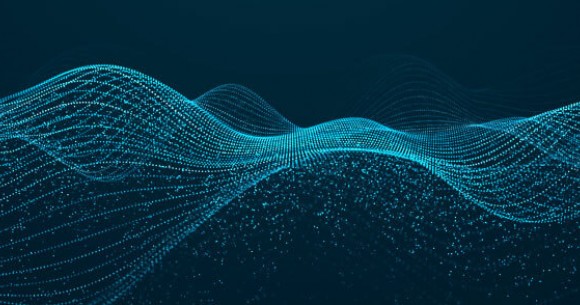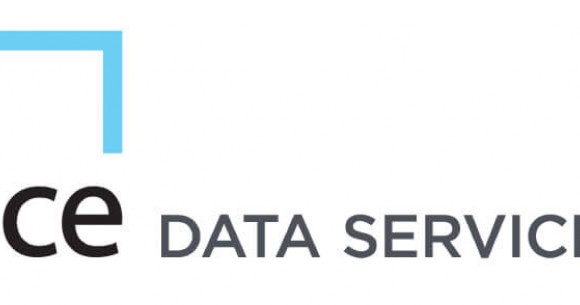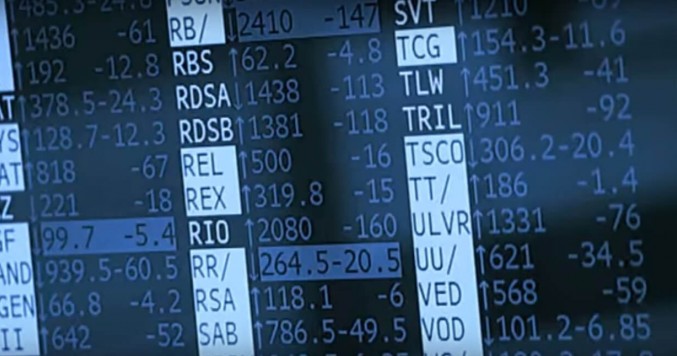Exchange monitoring - from silos to enterprise
Without a unified, enterprise-wide approach to monitoring technology, exchanges are likely to suffer latency and downtime issues– losing customers and money.
Competition is fierce in the global exchange world, and investors have more than 60 stock exchanges and 17 commodities exchanges globally to choose from. This number keeps expanding – even if you exclude crypto exchanges.
Most exchanges deploy a systems department to cater to all the IT needs of the business unit. This usually consists of a small team of network and hardware engineers, system administrators and application teams who do development as well as operations tasks. As the volumes on each exchange grows, so does the need for improved hardware, networks and application stacks.
This leads to separate support teams to focus on these areas:
- Technical architects design and deploy scalable and distributable systems resulting in exponential increases in the number of servers.
- The IT Ops teams then adapts and makes monitoring tools as per current needs, to suit their particular architectures.
This gives to birth to “silo-based” monitoring where different IT teams use different monitoring tools to monitor their specific needs and applications.
There are many disadvantages to silo-based monitoring:
- Teams work as independent units as if they do not matter to each other.
- Multiple teams work on the same problem, unaware of the same problem happening in another department, causing a duplicate effort to resolve.
- There is no owner for “ghost” problems, where nothing shows up as presenting an issue.
Due to this siloed approach, an exchange can suffer slowdowns, outages and downtime, prompting investors to flee to another exchange.
One view for all
The solution to this is to have enterprise-level monitoring, via one tool. To do this, you need to be able to visualize the state of your IT operations from end-to-end via a single pane of glass. The three main constituents required are:
- Envision business and technology as ONE in terms of monitoring. - Use a single enterprise monitoring tool to track availability and performance of infrastructure and applications, as well as from a business user perspective.
- A single-pane-of-glass dashboard to see the real-time health of the entire enterprise from end to end.
This single-pane-of-glass dashboard can depict the real-time state of not only the underlying IT, but also the availability and performance of a business service as seen from the customer’s end. Individual IT teams have no place to hide, particularly in case of “ghost” problems - when business is suffering despite an “all green” dashboard.
This helps IT teams to work as one team to ensure the business service is back to normal as quickly as possible. Having an enterprise level monitoring tool also helps in leveraging data across the entire IT estate and is an enabler towards modern day IT Operations data analytics.
A single-pane-of-glass dashboard helps break down walls (silos) prevalent between various IT departments. Any incident pertaining to one department is visible to other departments at a level which keeps them informed but at the same time does not divulge “nuts and bolts” details of the incident which is primarily the responsibility of the affected IT team.
Teams learn to collaborate as they are made aware of the downstream impact of the action that they may take. Business now gets service from one team (their IT team).
Get in touch
To see how ITRS Geneos can help you to achieve your single-pane-of-glass view, contact us by clicking here.
Learn how ITRS Geneos can help




